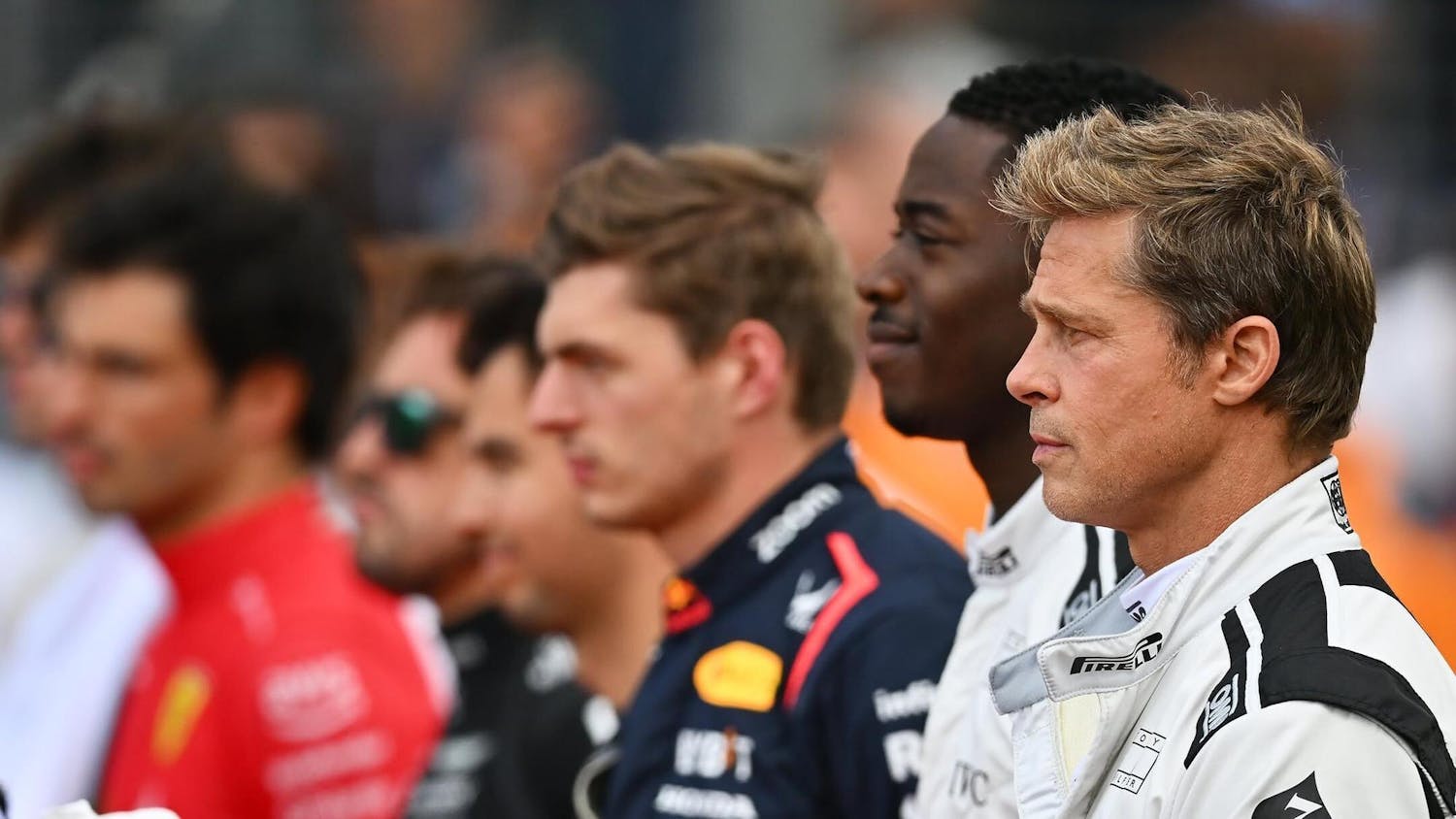On Friday and Saturday, IU will celebrate a 75th anniversary. Faculty, staff and students will come to Woodburn Hall 100 for “Thomas Hart Benton’s Indiana Murals at 75: Public Art and the Public University,” a conference to remember Benton’s murals with panel discussions, tours and speakers who are experts on the murals and the issues the murals bring to the surface.\nA portion of the conference will examine the part of Benton’s murals depicting the KKK. “I did want the symposium on Saturday partly to address the controversy that the murals have brought with them,” said Fritz Lieber, visiting assistant professor of counseling and educational psychology, who had the idea to celebrate the murals’ anniversary. “And part of that is the painful history of the (Ku Klux) Klan in Indiana’s history.”\nRichard Lieber, Fritz Leiber’s great-grandfather, was director of the organization that became the Department of Natural Resources. Harry G. Leslie, Indiana governor from 1929 to 1933, commissioned Richard Lieber to find an artist to paint the murals and to chair the committee in charge of planning the Indiana pavilion at the Chicago World’s Fair in 1933.\n“A friend of (Richard Lieber’s) told him about Benton and brought the two together,” Fritz Lieber said.\nIf it were not for Richard Lieber, who asked Benton to paint the murals, and Herman B Wells, who, after the World’s Fair, brought the murals to IU after they sat in storage for five years in Indianapolis, IU would not be preparing to celebrate this anniversary. \nAlthough race relations are not as bad as they have been in the past, there are still many improvements that need to be made, Fritz Lieber said, and people can still learn lessons from the murals.\n“Over the years, IU students have raised the issue of the Klan panel, but it hasn’t been an issue lately,” he said. “I was hoping that as a result of this symposium, students may be more interested in the controversy again. The topic will be addressed in the discussions, and I don’t want the students to forget about the history.”
Race and KKK spark debate\nThe controversy began with Thomas Hart Benton himself.\n“Benton wasn’t a Hoosier, and many people had a problem with this,” said Nan Brewer, Lucienne M. Glaubinger curator of works on paper at the IU Art Museum.\nAfter Benton was commissioned to paint the murals, “he spent a lot of time researching Indiana history and \npreparing to paint the murals,” Brewer said.\nBut the controversy did not stop with Benton, and many took issue with the murals after they were painted. While the paintings were supposed to document Indiana’s history, of which the Klan is a part, the biggest point of contention is a panel showing the Ku Klux Klan burning a cross, sparking racial debates throughout the years.\nJim Madison, an IU history professor who specializes in Midwest and Indiana history, agrees the murals are often misread.\n“The mural is a condemnation of the Klan,” he said. “It is impossible for me to see this mural as offensive, unless you’re a Klan member.” \nThis misinterpretation of the murals stems from the differences between the Klan on which the mural was based, that of the 1920s, and the Klan of the 1960s, Madison said. \n“The ’20s Klan was a very powerful organization, a large percentage of whites in Indiana, who were mostly interested in Catholics, Jews and foreigners,” he said. “People confuse this earlier version of the KKK with the 1960s Klan, which was a reaction to the Civil Rights Movement.”
Students react to campus KKK paintings\nThe Ku Klux Klan was not in sophomore Anna McAtee’s plan for her first day at IU. Her first class as a freshman last year was in Woodburn Hall 100 – the lecture hall with the Thomas Hart Benton mural depicting a small scene of the KKK burning a cross.\n“During the second week of that class, someone from the Neal-Marshall (Black Culture Center) came into my class and explained why the artist painted the murals,” she said. “I hadn’t noticed the cross burning scene until he pointed it out.”\nAnd although she knows the material is unsettling for many, McAtee is not uncomfortable with the mural.\n“I think it causes controversy,” she said. “But I think if it wasn’t there, it could cause more conflict because people need to know what happened in the past so the past doesn’t repeat itself.”\nSeveral students, both black and white, expressed similar opinions about keeping the murals at IU because they represent a segment of Indiana’s history.\n“It’s a good piece of art, and the KKK is a minor part of the mural,” said junior D’Juan Wilcher, who is one of IU’s 1,665 black students. “You can’t escape that part of history.”





